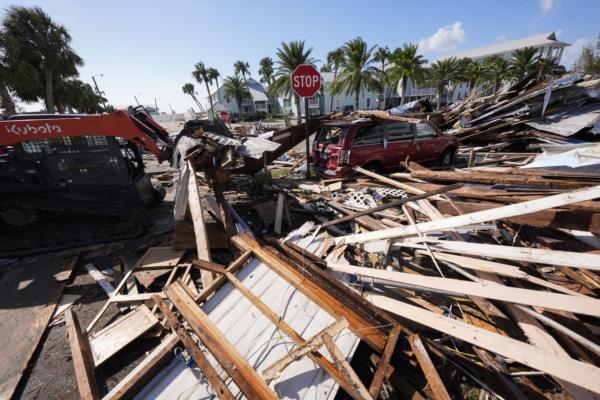
Hurricane Helene wreaked havoc across the southeastern United States, leaving a path of destruction that spanned over 500 miles from Florida to the Southern Appalachians. The storm's powerful winds and deadly floods resulted in at least 133 confirmed deaths, with concerns that the number may rise as search and rescue efforts continue.
Within just 48 hours, entire communities were left unrecognizable as floodwaters swept away roads, buildings, homes, and vehicles. Communication infrastructure suffered significant damage, leaving many areas isolated and without essential services. Millions of residents in six states are grappling with power outages and limited access to clean water.



The devastation began on Florida's Gulf Coast, where Hurricane Helene made landfall near the city of Perry as a Category 4 storm. The region experienced record-breaking storm surge, with reports indicating surges of up to 15 feet according to the National Weather Service.
The aftermath of Hurricane Helene serves as a stark reminder of the destructive power of nature and the importance of preparedness and resilience in the face of such disasters. Recovery efforts are underway, but the road to rebuilding these affected communities will be long and challenging.







